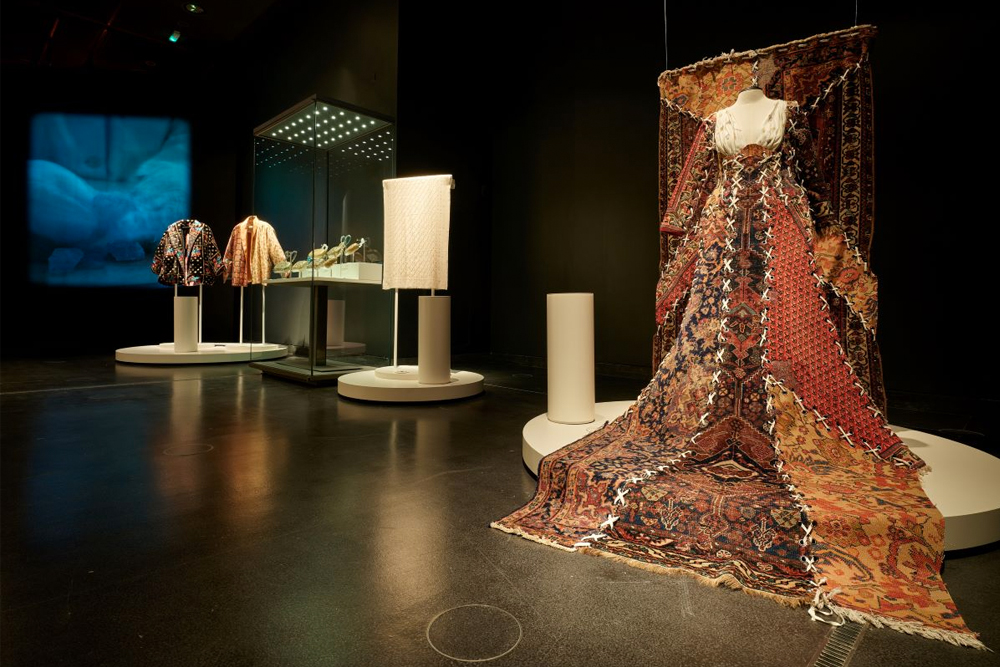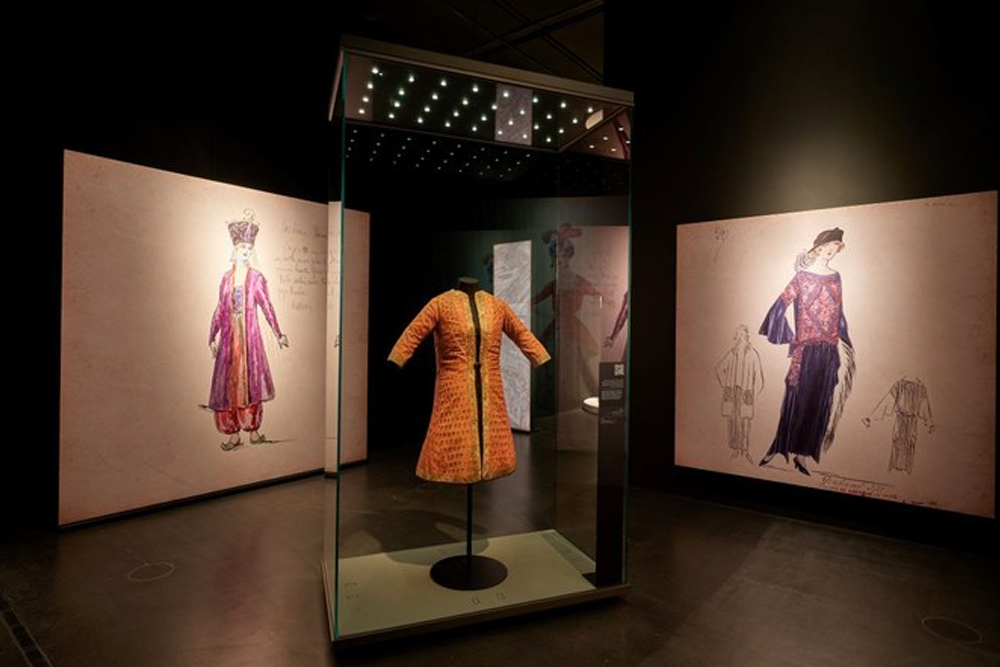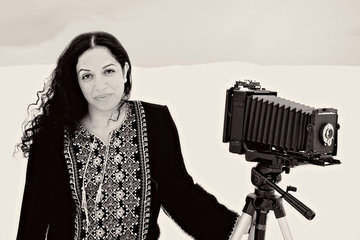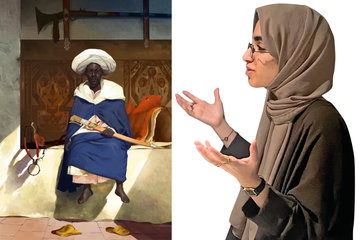
Luxury textiles were pivotal in Safavid Iran's (1501–1722) societal, cultural, religious, and economic realms, owing to their lavish textures, innovative designs, and technical complexity. Employed for attire, interior decoration, and portable structures, these fabrics held significant symbolic value as indicators of authority and served as prevalent mediums of artistic representation. By the seventeenth century, they emerged as Iran's most lucrative economic asset, fueling extensive trade routes to Europe and the East via land and sea, thus fostering immense affluence and prosperity within the Safavid Empire.
The exhibition titled "Fashioning an Empire: Safavid Textiles" at the Museum of Islamic Art in Doha, Qatar, running until June 22, delves into the pivotal role of luxury textiles during the reign of Shah Abbas, the fifth shah of Safavid Iran from 1588 to 1629.
This exhibition, which originated from a collaboration with the National Museum of Asian Art in Washington, DC, where it was displayed from Dec. 18, 2021, to May 15, 2022, contextualizes the displayed artifacts within a broader socio-historical framework.
Nicoletta Fazio, the lead curator, emphasized the significance of these textiles in Iranian strength and power during the 17th century, highlighting their role in economics, politics, and military affairs. She underscored the exhibition's aim to transcend conventional notions of beauty and craftsmanship by examining these objects within their wider historical and cultural contexts.

The intricate manufacturing process and luxurious texture of silk elevated it to a highly sought-after luxury commodity, with Iran establishing itself as a premier silk producer since the 6th century CE. Under Shah Abbas, silk production became a state-controlled industry, fostering economic growth through both domestic consumption and international trade networks extending from England to Thailand.
Fazio emphasized the profound historical significance of the exhibited objects, suggesting that they serve as artifacts rich in human ingenuity and historical depth. She stressed the importance of understanding their broader significance in comprehending the past and potentially offering lessons for the present.

















